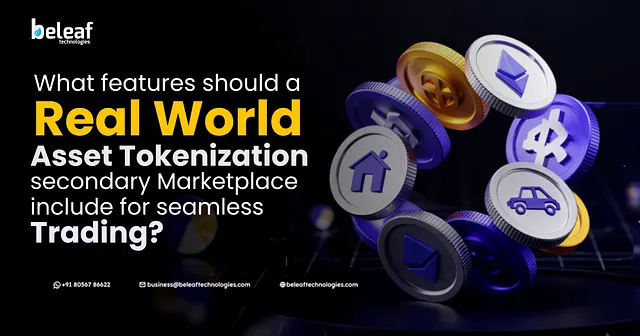The United States has become a central location for block reward mining, a sector with significant economic meaning requiring much computer power. Recent events, such as Cipher Mining (NASDAQ: CIFR) opening its Black Pearl plant in West Texas and Bitmain planning a U.S. factory, show that mining operations are moving to and growing in North America.
As a result of progressing regulatory laws, abundant energy, and wise investments, the U.S. is ready to lead the world’s mining industry, shifting global hash locations, resulting in rapid growth.
In early August 2025, Cipher Mining started its Black Pearl plant in West Texas. It’s a large operation with 104,000 computers used for BTC mining. This modern site shows how ambitious mining projects in the U.S. are. West Texas is a great starting place for such projects with its cheap energy and land. The state’s energy market has few rules and relies heavily on energy from renewable sources like wind and solar power. This helps miners save money and think about the environment.
Adding to this momentum, Bitmain, the world’s leading manufacturer of block reward mining hardware, announced plans to establish its first U.S.-based production facility by early 2026. Known for producing ASICs (application-specific integrated circuits) tailored for mining, Bitmain’s move signals a strategic shift from its traditional base in China, where regulatory crackdowns have intensified.
By setting up in the U.S., Bitmain aims to meet rising demand for mining equipment in North America while reducing dependence on overseas supply chains, which have faced disruptions from trade tensions. This facility is expected to create jobs, drive innovation in hardware efficiency, and provide U.S. miners with faster access to advanced technology, bolstering their competitiveness in a rapidly evolving industry.
These changes signify a shift in the mining landscape, caused by regulations and regional benefits. China banned crypto activities, like mining, on August 2, 2025, due to worries about financial stability and the amount of money exiting the country. This policy has effectively dismantled China’s once-dominant position in global mining, pushing companies to seek friendlier jurisdictions. The U.S., with its steady rules and good infrastructure, became a popular choice. States such as Texas, Wyoming, and Montana have inexpensive power, support businesses, and back digital assets, attracting mining companies.
The U.S. government’s helpful attitude has also made this growth faster. Earlier, Treasury Secretary Bessent said the government plans to study decentralized computing and digital payments. This fits with President Donald Trump’s idea of a U.S. Strategic Crypto Reserve. This open-minded plan gives miners confidence to spend money on big projects.
This is very different from the strict rules in places like China or Kuwait, where energy worries have caused mining crackdowns. The U.S. has clearer regulatory frameworks and benefits, like tax breaks and energy aid, creating a friendlier environment for the industry to do well.
This change can have a significant economic impact. Block reward mining is an industry worth billions of dollars. It creates jobs, helps build infrastructure, and causes technological progress. For example, Cipher’s Black Pearl plant is creating hundreds of jobs for engineers and support staff. It also helps the local economies in West Texas. Furthermore, Bitmain’s U.S. factory will create jobs in manufacturing and related areas. This will have a ripple effect throughout supply chains. As more companies move to or grow in the U.S., entire areas will gain from the economic activity that mining creates.
Energy is still very important to this industry, and the U.S. is able to meet the demand. Texas is a leader in renewable energy. It lets miners use solar and wind power, which helps with worries about being sustainable while still reeling in profit. Companies like Cipher are focusing all their attention on green energy options. This fits with the world’s call to reduce carbon emissions. Meanwhile, Bitmain’s U.S. operations should manufacture better ASIC technology.
This will make energy use more efficient and reduce mining’s environmental impact. These new ideas are essential as the industry is plagued with questions about how much energy it uses. This is especially true in areas like Kuwait, where mining has strained power grids.
The expected growth for U.S. mining is large. Experts think the U.S. could have over 50% of the world’s mining computer power by 2027. This is up from about 40% today. This growth is because of both money spent in the country and international miners coming from places with strict rules. The increase in cloud mining platforms shows there is more interest from regular people, which in turn also causes a need for infrastructure. Projects like Black Pearl and Bitmain’s factory are helping the U.S. build a strong system for cryptocurrency mining.
There are still problems, such as changes in the market, uncertain rules in some states, and the need for reliable energy grids. But the U.S. is clearly moving forward.
As Cipher’s BTC-focused Black Pearl grows and Bitmain’s U.S. factory opens, the country is not just participating in the global mining boom—it is leading it. With plenty of resources, helpful rules, and new technology, the U.S. is ready to change the future of cryptocurrency mining. This will cause economic growth and make the U.S. the most important place in the industry.
Watch | Bitcoin mining in 2025: Is it still worth it?
title=”YouTube video player” frameborder=”0″ allow=”accelerometer; autoplay; clipboard-write; encrypted-media; gyroscope; picture-in-picture; web-share” referrerpolicy=”strict-origin-when-cross-origin” allowfullscreen=””>
Source: https://coingeek.com/us-emerges-as-powerhouse-in-block-reward-mining/


